Since their debut in 2016, Google’s Pixel phones have become an annual staple in the smartphone market, consistently improving with each new release. These devices are renowned for their exceptional camera capabilities, often being highlighted as some of the best camera phones available. Beyond their photographic prowess, Pixel phones are also known for offering unique software features that aren’t found on other Android devices. Additionally, Google commits to providing long-term updates for the Pixel lineup, ensuring that these phones not only stay current with the latest software advancements but also maintain high security and performance standards over time. This combination of top-notch cameras, exclusive features, and reliable updates makes Pixel phones a standout choice for many users.
Ranking Google Pixel phones from worst to best is a great way to see how the series has evolved and to highlight the strengths and weaknesses of each model. Over the years, the Pixel lineup has had its share of standout devices as well as some that didn’t quite hit the mark. By comparing each model, enthusiasts and potential buyers can get a clearer picture of which Pixel might best meet their needs or how their current or past models stacked up against others in the series.
It is worth noting that this ranking is just for fun purposes and solely based on the subjective feeling of Android Authority. Therefore, different users may also have different opinions which may be right in their own perspective. For the purpose of this article, let’s get started with the worst Pixel device to the very best till date.
Pixel 6 and Pixel 6 Pro 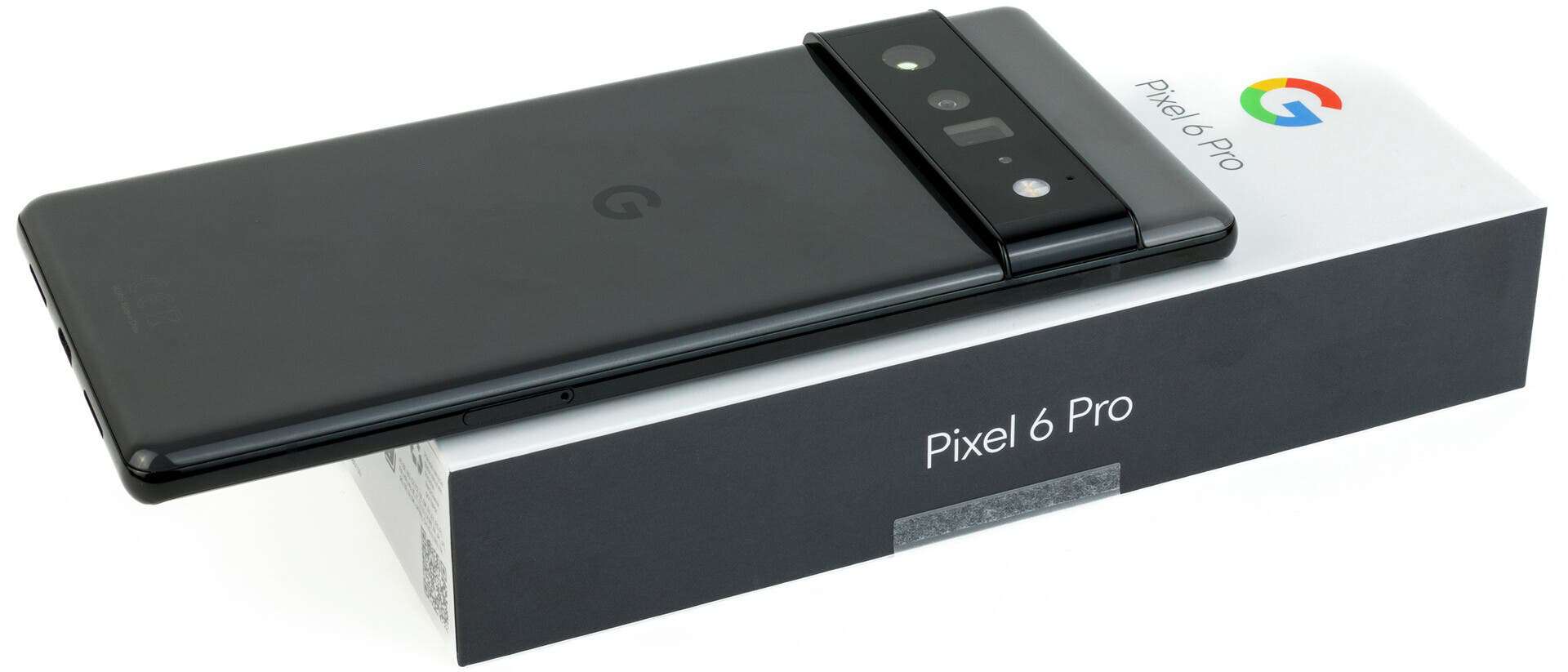
Despite their innovative features, the Pixel 6 series ranks as the least favorable in our evaluation of Google’s Pixel phones. Launched as Google’s first foray into using their custom-designed Tensor chip, the Pixel 6 and Pixel 6 Pro were indeed ambitious endeavors. The series introduced several impressive features:
1. Offline Voice Typing
2. High-Resolution Main Cameras
3. Large Batteries
4. Camera Zoom on Pixel 6 Pro
5. Unique Design
However, despite these advancements, the Pixel 6 series faced significant challenges that impacted its overall reception. Users and reviewers noted issues with software stability, performance bugs, and other glitches that detracted from the user experience. These problems underscored the risks of ambitious technology upgrades and highlighted the difficulties in transitioning to a custom chipset. As a result, while the Pixel 6 series brought some notable innovations, it also experienced setbacks that influenced its placement as the least favorable among the Pixel phones evaluated.
The Pixel 6 series, despite its groundbreaking features, was plagued by several significant issues that ultimately tarnished its reputation:
1. Cellular Connectivity Issues
2. Overheating Issues
3. Fingerprint Scanner Performance
4. Slow Charging
5. No Unlimited Google Photos Backup
These drawbacks collectively contributed to a perception that Google had scored an “own goal from the halfway line” with the Pixel 6 series. Despite its potential and the innovations it introduced, the series fell short in key areas that affected the overall user experience and reliability, underscoring the challenges of integrating new technologies into consumer products.
Pixel 4 and Pixel 4 XL 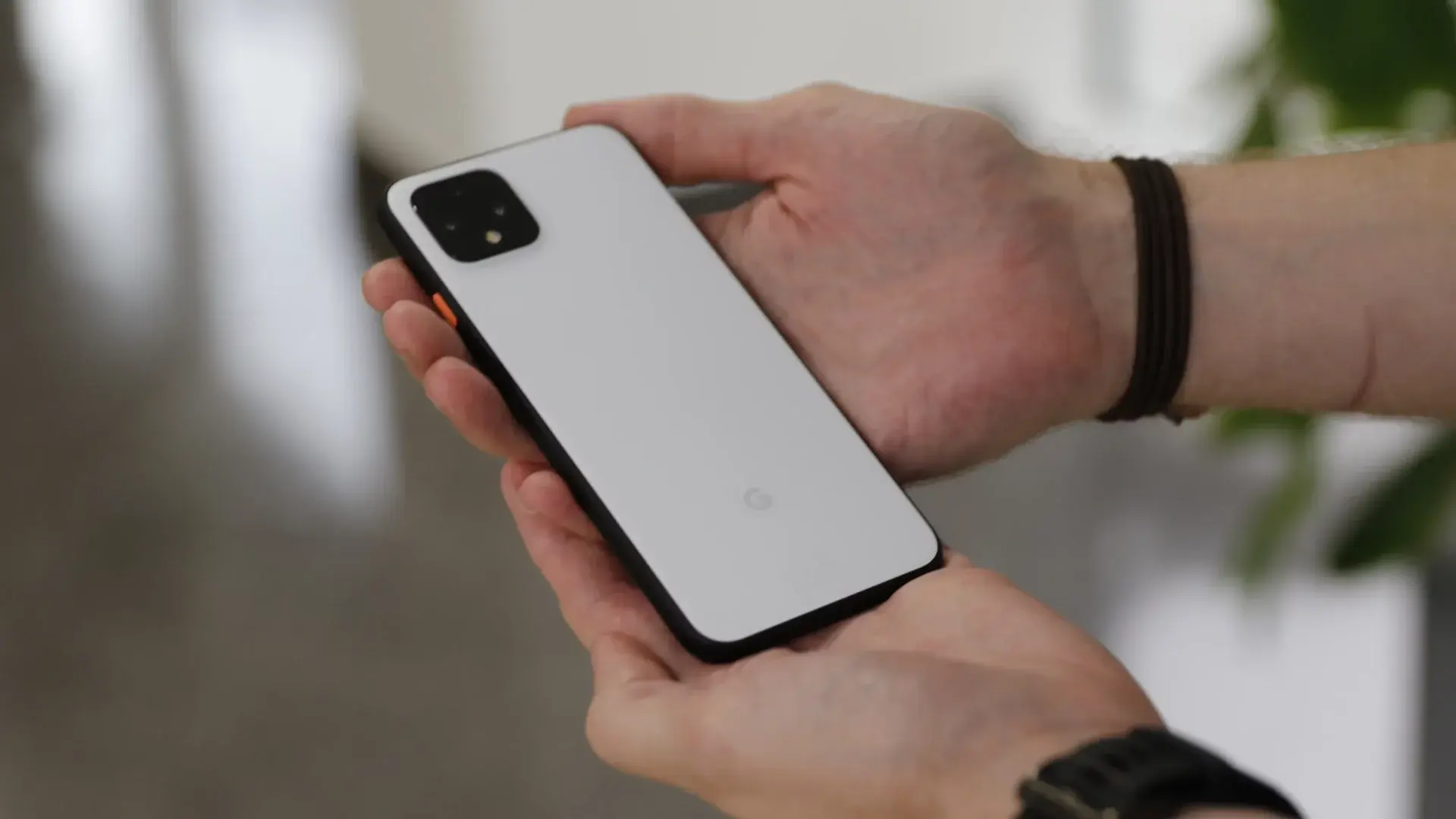
The Pixel 4 series marked a period of ambitious experimentation for Google, but it also showcased the risks associated with introducing cutting-edge technologies that may not yet be ready for mainstream use. Here are some of the pivotal aspects of the Pixel 4 and Pixel 4 XL that encapsulated both the innovation and the issues of the series:
1. Motion Sense and Soli Radar
2. Presence Detection
3. 3D Face Unlock
4. Battery Life and Other Concerns
Despite its innovative aspirations, the Pixel 4 series serves as a case study in the difficulties of balancing pioneering technology with practical, everyday functionality. The ambitious inclusion of Soli and a shift to face unlock were significant, but the practical execution and market reception highlighted the gap between innovation and usability.
The phone lacked a triple rear camera system, unlike HUAWEI and Samsung, which had already adopted this top feature in their phones. However, the most significant problem for many Pixel 4 owners was the terrible battery life of the standard model.
Despite these issues, the Pixel 4 series had some notable positives. It featured an astrophotography mode, an excellent Recorder app, a smooth 90Hz screen, and a great pair of cameras.
Pixel 2 and Pixel 2 XL 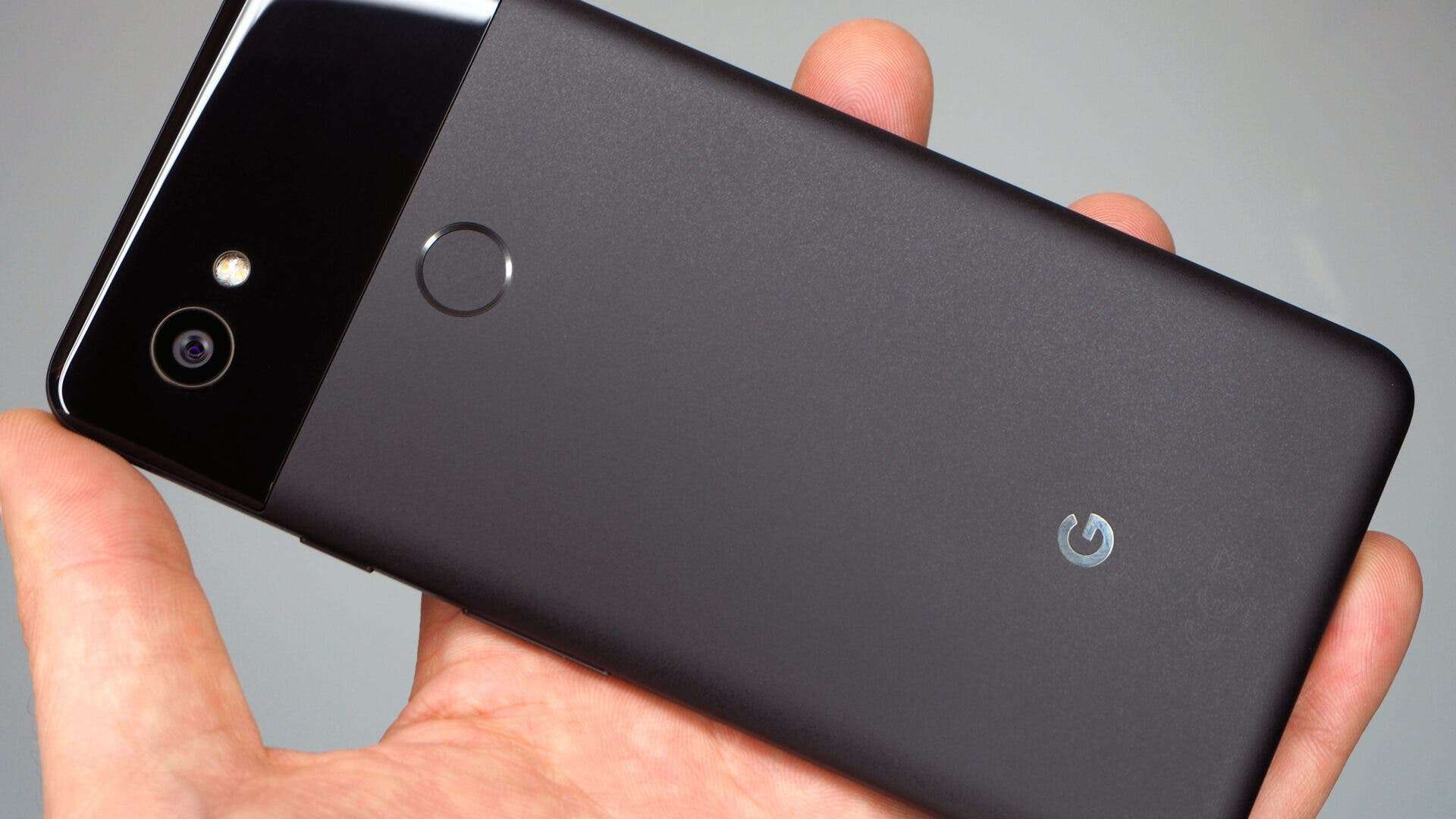
Google’s second Pixel series continued to offer excellent camera quality, a long update policy for that time, and a clean user interface, just like the original series. For the first time, Google also added water and dust resistance and HTC’s Active Edge feature, which lets you squeeze your phone to call up the Assistant. The Now Playing music recognition feature also made its debut in this series and continues to be a signature feature of Pixel phones to this day.
Regrettably, Google removed the headphone jack from the Pixel 2 series, even though they had mocked Apple for eliminating the port a year earlier. These phones also lacked wireless charging, which Apple and Samsung had already adopted. The Pixel 2 XL had a poor-quality display, and the standard Pixel 2 featured unusually large bezels for that time. All of this came at a high price, with the XL model starting at $849. However, the standard model was more reasonably priced at $649.
Google Pixel 5 
The $699 Pixel 5 was the last Pixel phone to use a Snapdragon processor, and it was a peculiar release for Google. The company chose a mid-range Snapdragon chip, reportedly because the original Tensor chip wasn’t ready yet. This midrange chipset meant the Pixel 5 was actually less powerful than the Pixel 4, which wasn’t ideal for anyone looking for a phone to future-proof their upgrade. Additionally, the phone continued to use a dual rear camera system with a mediocre ultrawide camera, almost as if Google were avoiding triple-camera setups at this time. The continued use of the same 12.2MP main sensor as its predecessors didn’t help either.
Despite these issues, the Pixel 5 boasted a compact form factor, introduced 5G to the series for the first time, and had a great display. It was also the last Pixel to feature a rear fingerprint scanner and the last to offer unlimited Google Photos backups, marking the end of an era. My colleague Rita from Android Authority calls it “the most underrated Pixel to date.” Indeed, we haven’t encountered anyone who has used the Pixel 5 for an extended period and hasn’t liked it. This really shows that you shouldn’t judge a book by its cover.
Original Google Pixel and Pixel XL 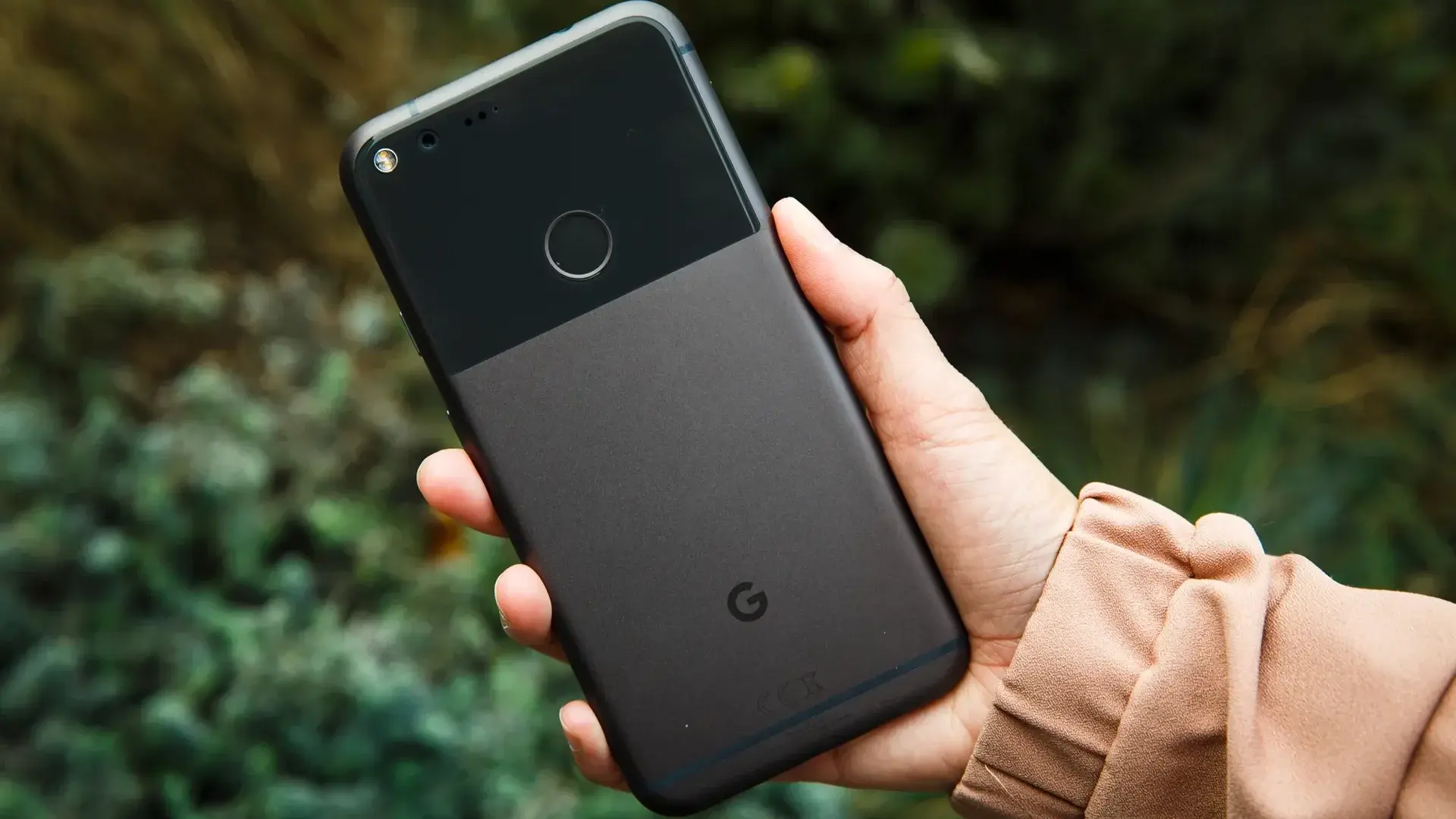
The original Pixel phones were significant launches for Google as the company aimed to have more control over its own smartphones. Launched in 2016, these phones introduced several core features of the Pixel brand, including excellent cameras, unique Google-only features, Google Assistant integration, and long-term update support. They were also the only flagship Pixel models with a headphone jack, and offered unlimited Google Photos storage at original quality.
However, the first-generation Pixels weren’t perfect. They lacked water resistance, didn’t have optical image stabilization (OIS) for the rear cameras, and came with relatively high price tags. Despite these drawbacks, the Pixel and Pixel XL set the groundwork for the Pixel experience that users enjoy today.
Google Pixel 3 and Pixel 3 XL 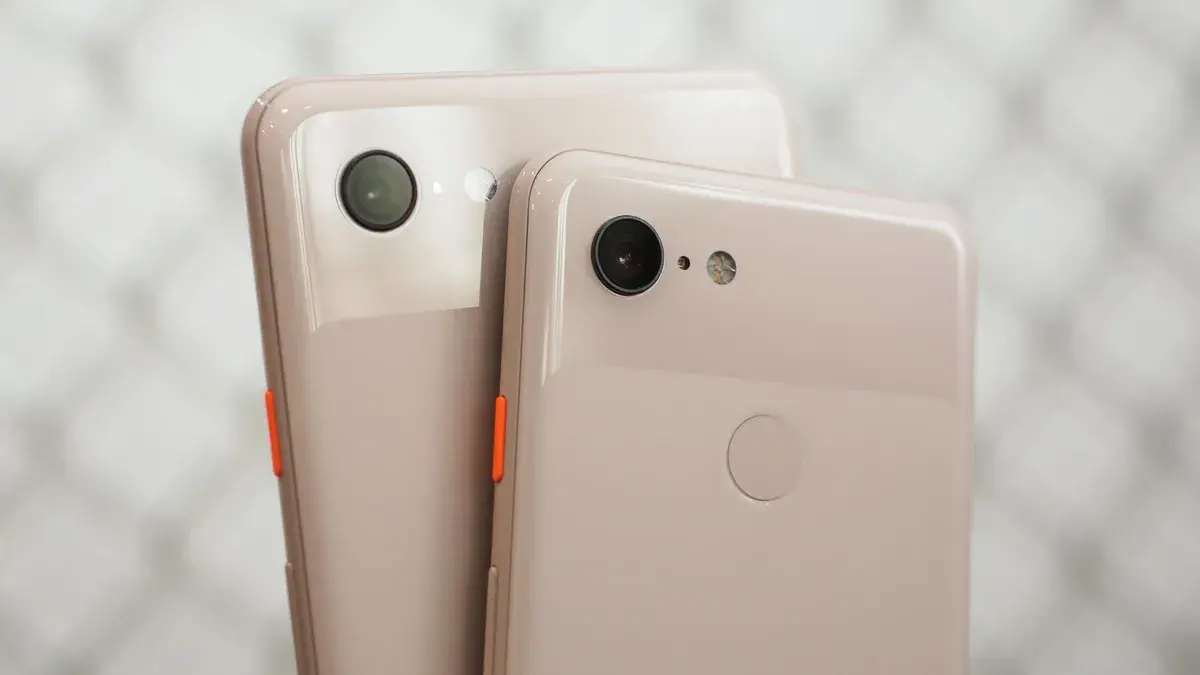
The Pixel 3 and Pixel 3 XL present a compelling case as the best Pixels before the Tensor era. For the first time, these models introduced wireless charging, upgraded from an IP67 to an IP68 rating, and brought lasting features such as the Night Sight camera mode, Super Res Zoom, and Call Screen functionality. Additionally, these were the last Pixels to feature the iconic two-toned back design. The Pixel 3 XL also included dual selfie cameras, though this led Google to choose a very large notch.
However, the Pixel 3 series had its downsides. These included short battery life, a single rear camera when dual cameras were becoming popular, and poor screen brightness. These phones were also quite expensive, starting at $799 for the Pixel 3 and $999 for the Pixel 3 XL. In comparison, the newer Pixel 8 sells for a lower $699, while the Pixel 8 Pro is priced at the same $999.
Google Pixel 7 and 7 Pro 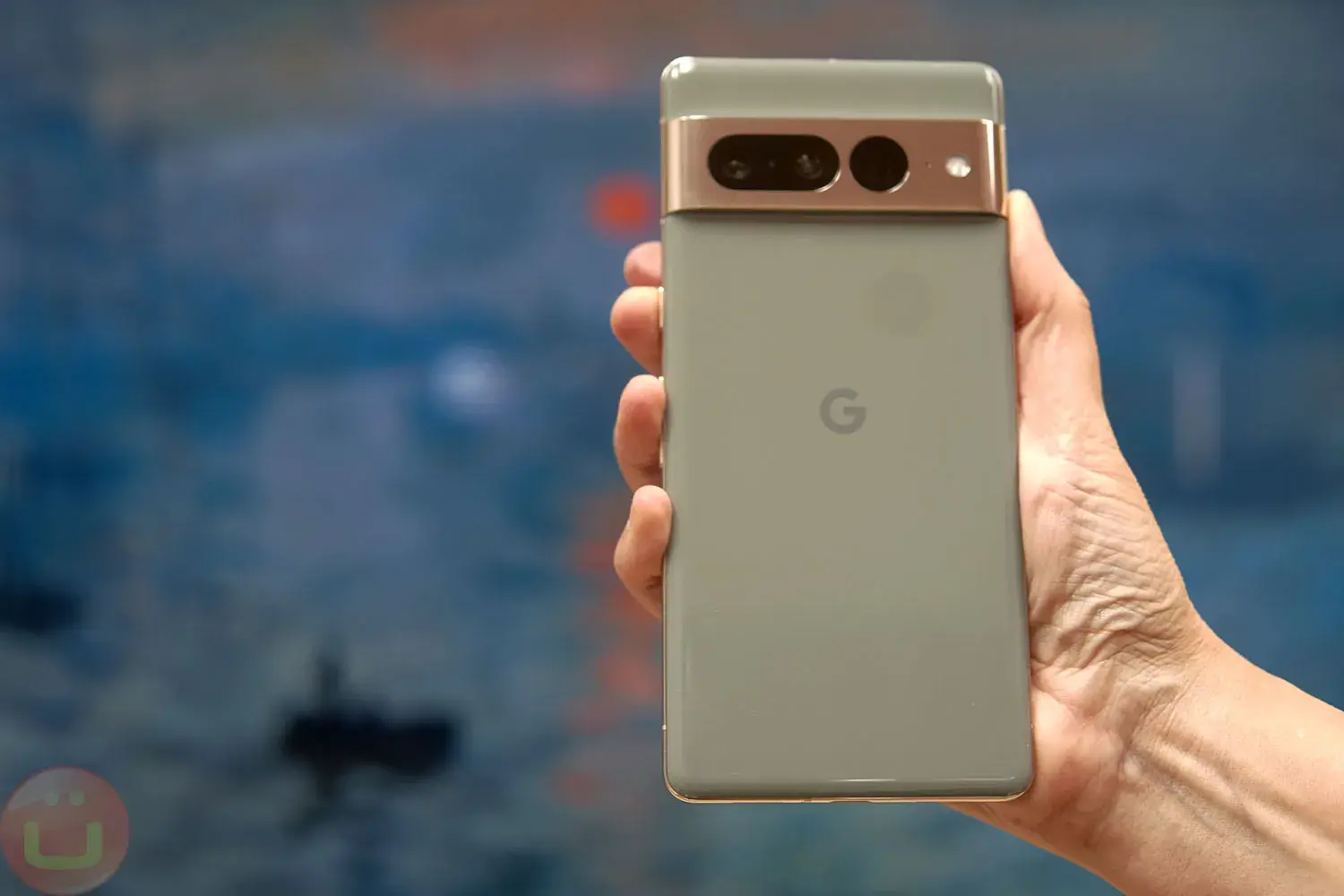
The Google Pixel 6 range was considered the worst in a lot of reviews, so how could a slight upgrade become the second-best Pixel on the list? The answer lies in how the Pixel 7 series improved on many of the Pixel 6’s flaws, keeping all the good aspects and fixing the problems. The terrible cellular connectivity? It’s greatly improved. The numerous bugs? They’ve been almost completely eliminated. The unreliable fingerprint scanner? It’s much better now. The addition of new software features like Photo Unblur, Clear Calling, and an enhanced Super Res Zoom definitely made it a more attractive option.
Still, the Pixel 7 series wasn’t without its faults. The devices tended to overheat, the battery life was decent but not outstanding, the charging speed was still very slow, and the Tensor G2 chip was underpowered, although it performed surprisingly well under sustained workloads.
Google Pixel 8 and 8 Pro 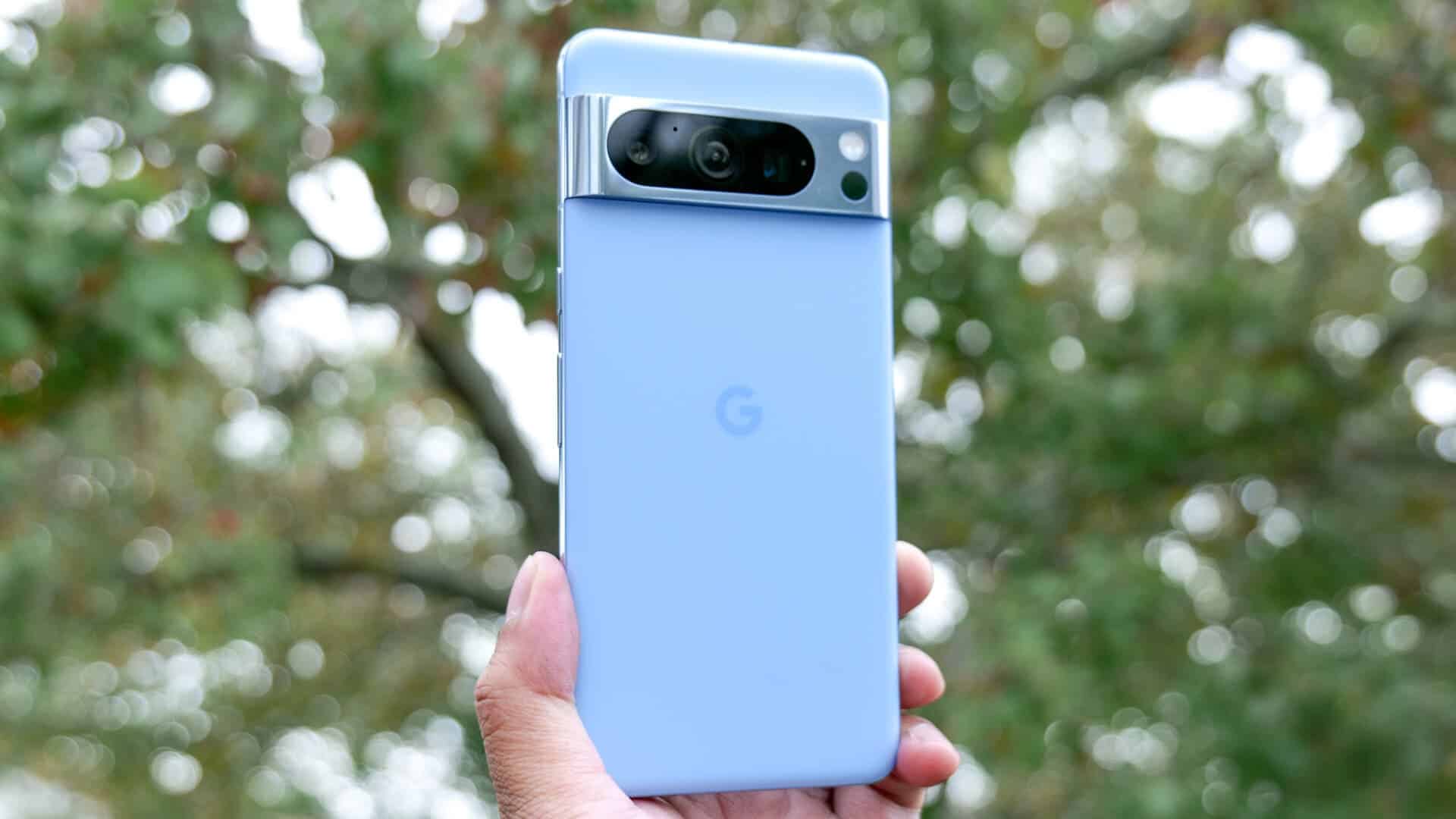
This might look like recency bias, but it’s tough to argue against the Pixel 8 phones being among the best Pixels ever made. For starters, these are the first Pixels to offer an impressive seven years of OS and security updates. Google has also tackled the heating problems that affected earlier devices with Tensor chips. Other significant improvements include faster charging speeds, better-quality screens, the innovative Best Take feature, an enhanced ultrawide camera on the Pro model, and a more compact standard Pixel 8.
The main problem with the Pixel 8 series is that the standard model seems like an afterthought, lacking several important features found in the Pixel 8 Pro, such as Video Boost, Gemini at launch, and manual camera controls. Google added a temperature sensor to the Pixel 8 Pro as well, but even after receiving FDA approval, this feature didn’t really impress us.






The evolution of Google Pixel unveils a saga of innovation and refinement. From camera prowess to AI capabilities, each model brings unique strengths. Navigating this landscape requires discerning which features resonate with your needs, optimizing your investment in <a href=“https://striveenterprise.com/digital-marketing-tampa-fl/”>pay per click</a> advertising.